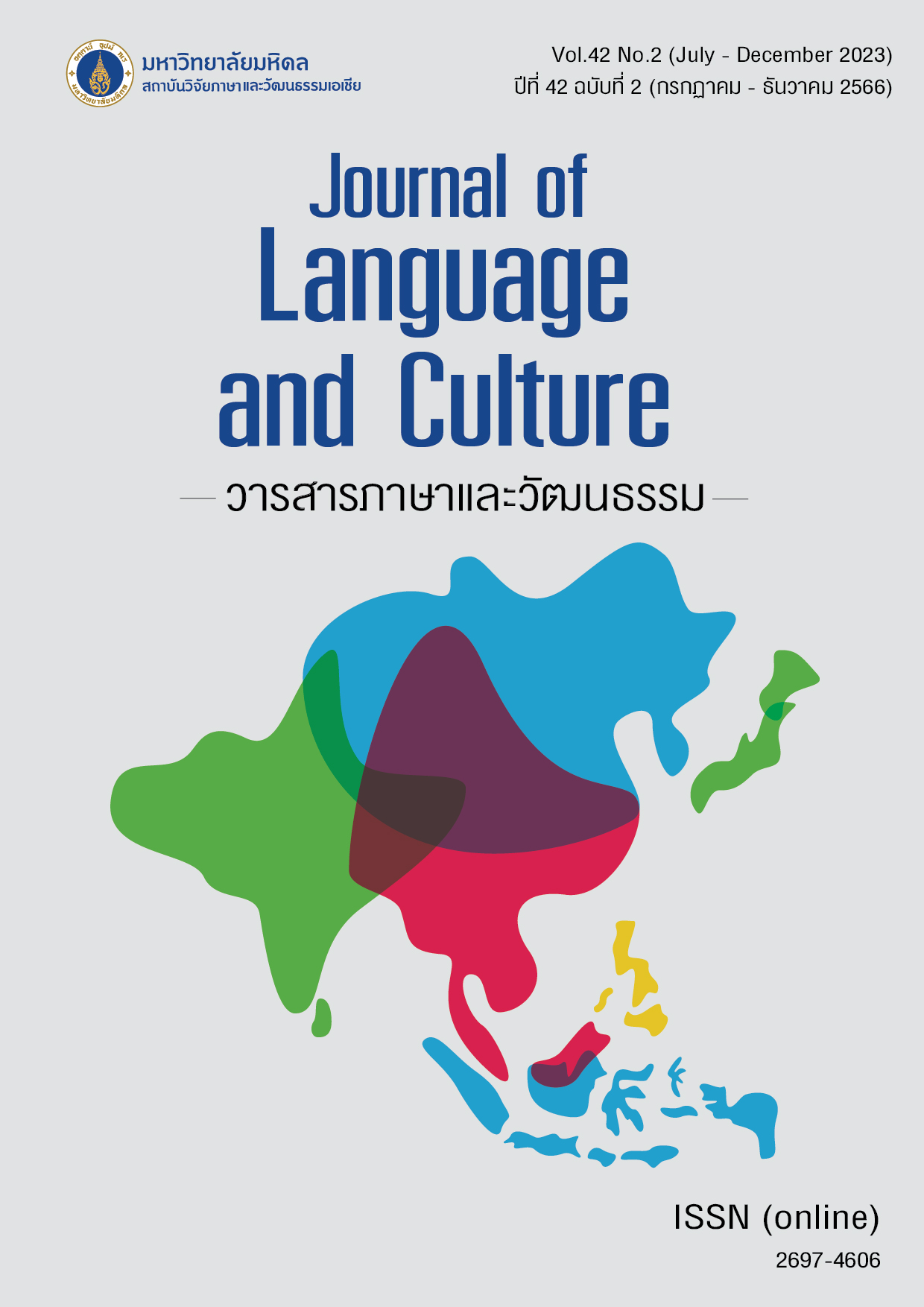“The Image of China” and Subjectivity of People's Ethnic Representation Choices: A Case Study on Nishi-Kawaguchi New Chinatown, Japan
Main Article Content
Abstract
Chinatown has long been the subject of study as a cultural concentration point for Chinese immigrants. Historically, Chinatown studies have focused on the analysis of their function as a community agglomeration point, but in recent years Chinatowns have come to be seen as the result of the host society projecting a reified imagine of China onto a particular geographic area regardless of whether Chinese people live there or not. This paper first reviews the images projected onto Chinatowns around the world. It will then attempt to add a new perspective to the group of studies related to the imposition of the image of China on Chinatown by the host society by examining the Nishi-Kawaguchi district in Japan, where newcomer Chinese gather. What became clear from the qualitative research on media interviews with diverse subjects living in New Chinatown in this paper was the process by which local people proactively select Chinatown discourses from diverse discourses, a process that has been overlooked in the "Chinatown production from above" presented in previous studies.
Article Details
The articles featured in the Journal of Language and Culture (JLC) constitute academic works representing the viewpoints of the respective author(s). It is crucial to note that these opinions do not necessarily reflect those of the Editorial Board.
All articles published in JLC are released under the Creative Commons Attribution 4.0 International License (CC BY 4.0). This license grants permission for unrestricted use, distribution, and reproduction in any medium, provided proper credit is given to the original author(s) and the source.


